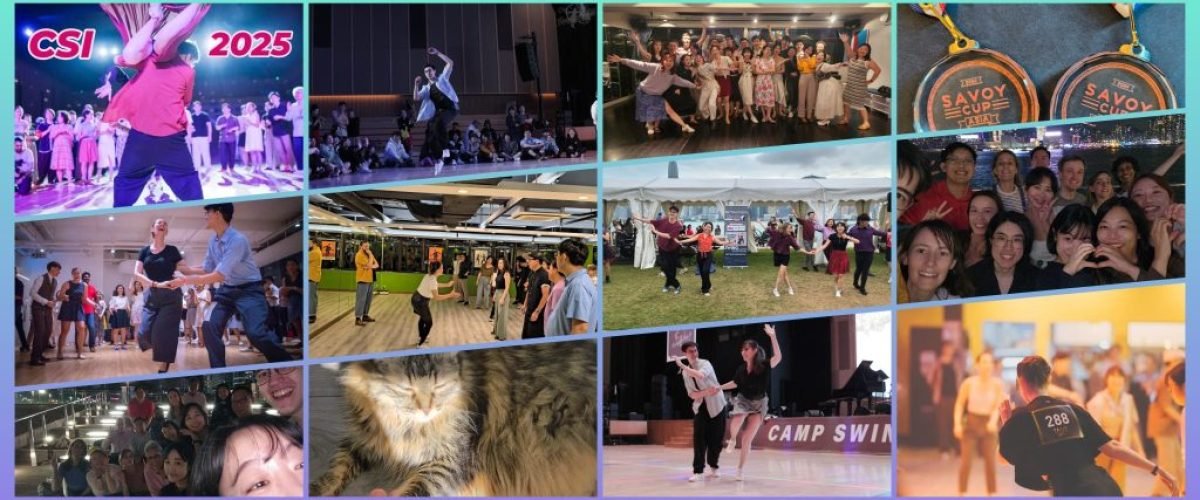What dancer do you choose to be?
Last weekend at CSI 2025 (4-6 April 2025), something felt right. Between the competitions, shows, and next-level dancing, there was always an open room where you could just dance—no waiting, no pressure, no hierarchy. No matter why people were there, they had a space that worked for them. That’s the community we love being part of.
The swing dance community is a mosaic of personalities and goals. Some come for the music and friends, with zero need to be “advanced.” Others live for the spotlight, the technique, or the history. And here’s the thing: all these approaches matter. They’re what keep the culture alive—not just as steps, but as a community that’s inspiring, safe, and genuinely welcoming.
But choices have trade-offs. The dancer you want to be (social? competitive? a teacher?) will demand different things from you. That’s okay. What’s not okay? Judging others for picking a different path—or envying theirs while ignoring the work behind it.
First, the Foundation: Why We’re Here
Before we go further, let’s name the obvious: this is a Black American art form, born from resilience and joy. We don’t owe guilt, but we do owe respect — for the culture’s roots, its heartbeat (that swing music!), and its core values: inclusivity, creativity, and connection. Dance to whatever moves you, but know where home is.
So—What Kind of Dancer Are You?
(And remember: you can be more than one, or change your mind anytime.)
- The Social Amateur: Here for the vibes. They’ll dance if the mood strikes, but mostly they’re soaking up the music and laughter. The community’s heartbeat.
- The Social Dancer: Loves the conversation of movement. Takes enough classes to feel fluent, but perfection isn’t the point. Connection is.
- The Technician: Wants to understand dance, not just do it. Drills, analyzes, and geeks out on mechanics.
- The Musician: Half their soul lives in the music. You’ll find them chasing vinyl, studying history, or eyes-closed in the middle of a song.
- The Fun Performer: Flips into jam circles like it’s their job. Lives for solos, shows, and making crowds cheer. It’s not about gold medals—it’s about sharing the hype.
- The All-In Competitor: Practices like an athlete, chases precision, and thrives under lights. Their commitment is next-level—and so is their inspiration. (But it’s a path, not the path.)
- The Teacher: Can’t help but share the love. Whether officially teaching or just cheering on newbies, they’re keepers of the culture’s flame.
This Isn’t New
Harlem’s ballrooms in the 1920s–40s had all these dancers—social butterflies, fierce competitors, musicians who danced, dancers who became historians. The culture has always made space.
So: respect your choices, respect others’, and skip the comparisons. There’s no “right” way to love this dance — just your way.
And remember—whether you’re just starting out or chasing big goals, Thomas and I are here to help. In class, at socials, or whenever you need guidance, we’re happy to support your dance journey. After all, this community thrives when we lift each other up.
L
